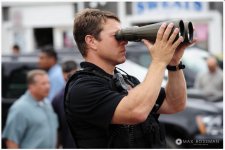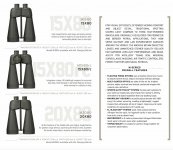Chosun Juan
Given to Fly

Some tips related to skywatching, but more grist for the mill nonetheless .....

 www.space.com
www.space.com
Chosun 👧

How to Hold Binoculars Steady: Keep skywatching for longer
Check our top tips for keeping your binoculars steady, eliminating the shakes and gaining a clear view of the heavens
Chosun 👧







